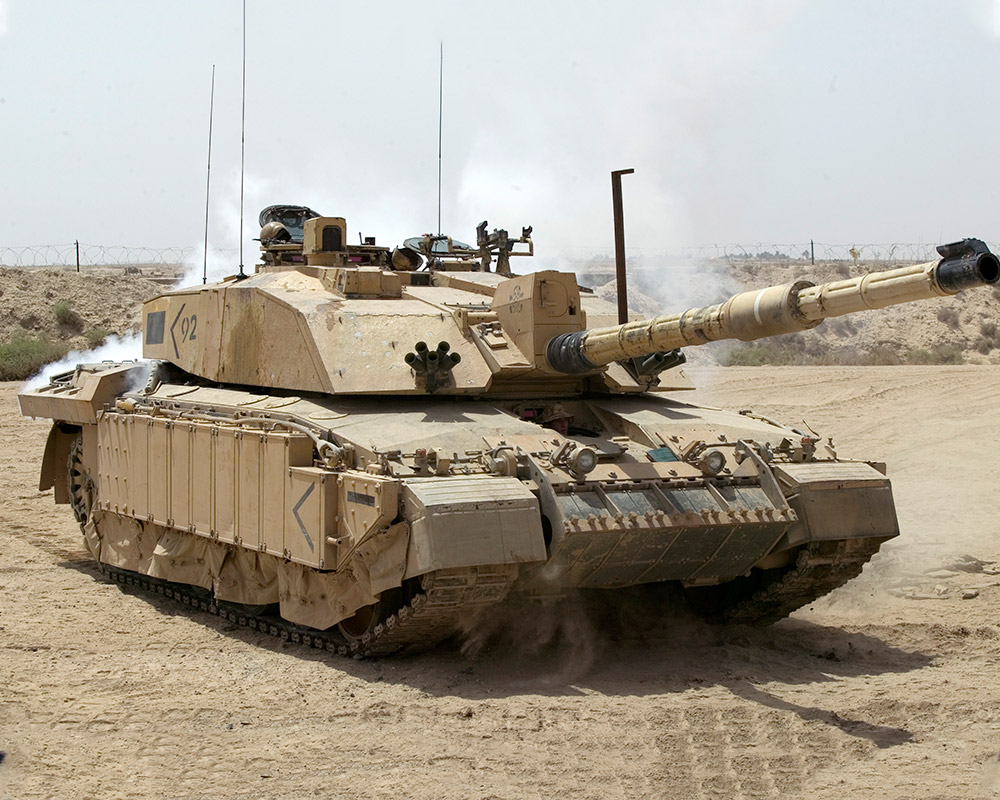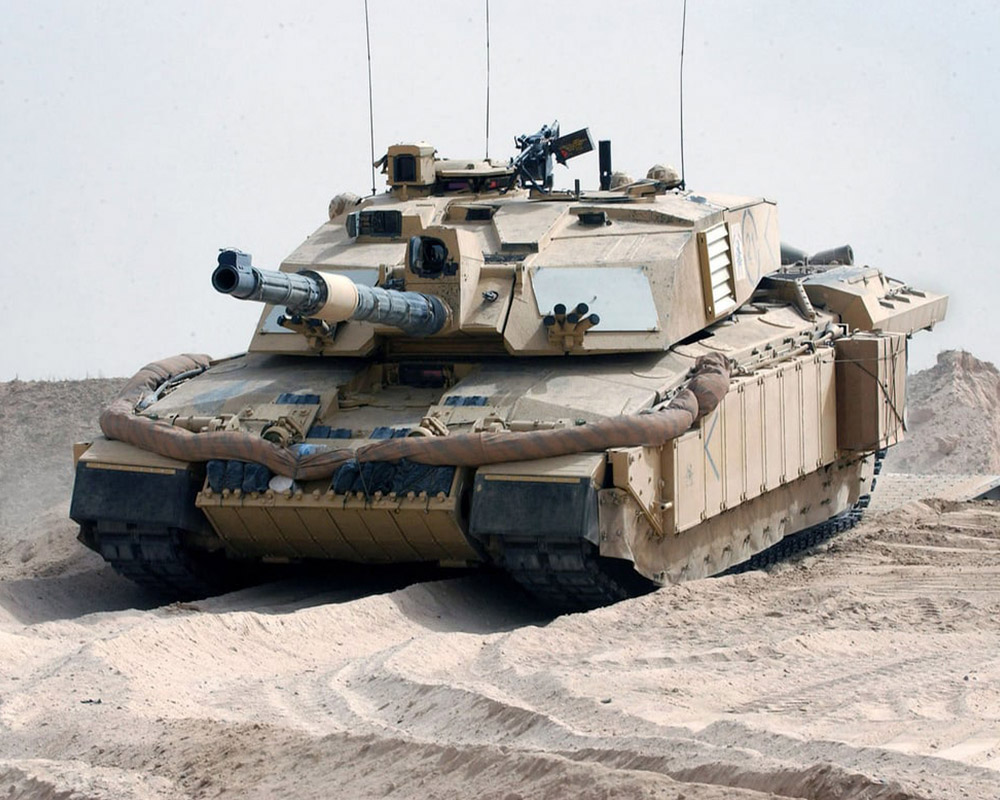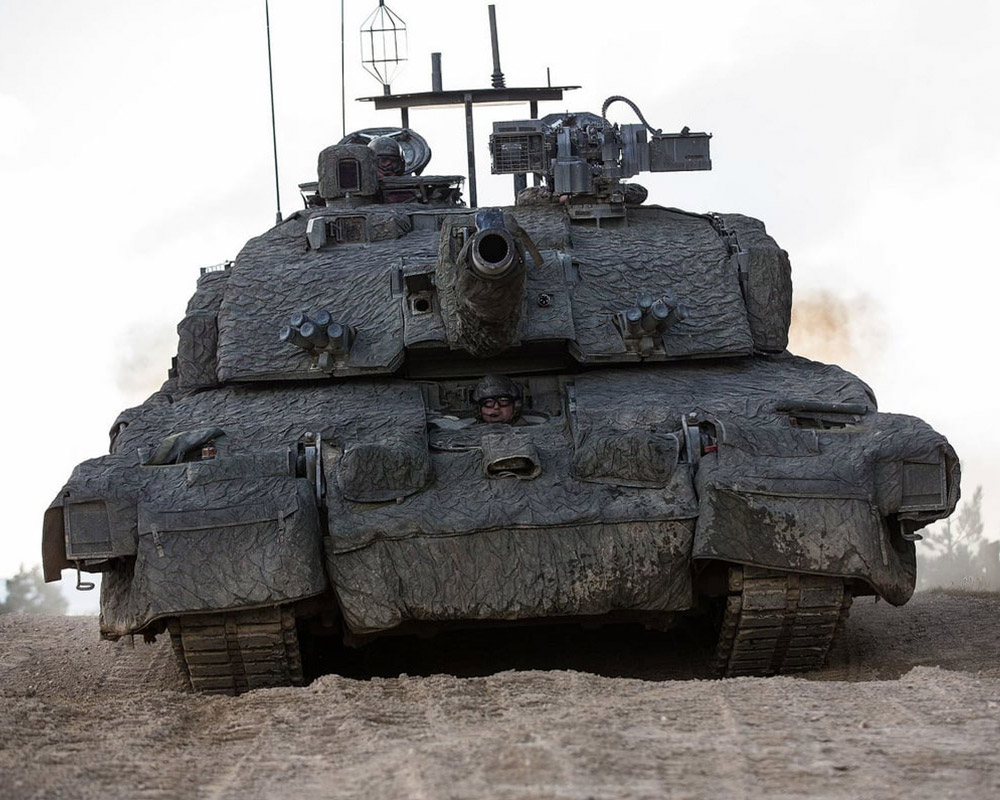If you have been following the news closely, you know that the UK has promised to provide Ukraine with Challenger 2 tanks, which will be the first transfer of Western main battle tanks to Ukraine. They will replenish our arsenal and protect the country from Russian aggression on the battlefield. The final decision on their number should be made in the near future. In this case, it will be useful to find out what are the features of these tanks, what are their characteristics, and whether our army will be able to turn the tide of combat operations in its favor with them.
Read also:
- Weapons of Ukrainian Victory: The SAMP/T Anti-Aircraft Missile Complex
- Weapons of Ukrainian victory: M1A2 Abrams tanks
The history of the tank. Originally from Britain
So to speak, the first Challenger was the “father” of these armored vehicles. It was considered the main battle tank of the British Army in the period from 1980 to 1990. Already in 1986, Vickers Defense Systems launched a project to develop the next generation of these tanks. In the first three years, the idea was perceived with distrust by the Ministry of Defense. They wanted to stop the development and instead purchase American Abrams, which were supposed to be part of the British arsenal. But the brilliant performance of the Challengers during the Gulf War changed the fate of British tanks. So, in 1991, the Challengers were chosen over other European and American options, such as Abrams and Leopard.

Challenger 2 features
The Challenger 2 is a well-protected armored vehicle, which provides full protection for the crew of 4. The tanks are made of Sheffield Steel, and the armor is the well-known second-generation Chop Hum, also called Dorchester. It should be noted that this particular armor is used in a limited number of tank models, including the aforementioned Abrams. Interestingly, the design and materials make the Chop Hum armor exceptional, as its original composition is kept secret.
The Challenger’s design was developed in such a way that dynamic armor kits or armor plates could be added to the vehicle to provide greater protection. For safety reasons, the tank’s turret is powered by solid-state electronics rather than a hydraulic system that is prone to leaks. The Challenger is also camouflaged by 8 smoke grenade launchers mounted on the hull, which can be fired when necessary. This tank has one more trick: it can emit fuel into the exhaust system, which creates thick smoke that makes it impossible to see what the armored vehicle is doing at that moment.
The Challenger has significant differences when compared to other tanks of this class according to American and European standards. First and foremost, it is its armament. The vehicle is equipped with a 120 mm L30A1 rifled tank gun with a length of 55 calibers and an ammunition capacity of 49 rounds. The gun consists of steel made using electroslag technology and is stabilized on both axes. This ensures its accuracy, speed and stability during operation. According to the Alliance’s standardization system, many tank models use smoothbore guns. But the Challenger 2 has a rifled gun, which qualitatively distinguishes it from other armored vehicles. The fact is that rifled guns are more accurate. But there are also disadvantages: they do not support all shells.
Read also:
- Weapon of Ukrainian victory: Review of the Marder infantry fighting vehicle
- Weapons of Ukrainian Victory: Stryker armored personnel carrier
As for the ammunition, it is also non-standard, as it consists of three main parts: the projectile itself, the charge and the ventilation tube. This complex design is designed to ensure the safest possible use of ammunition. It prevents accidental detonation. There is also no charging device that can be damaged during active combat operations. All this is done to protect the tank’s crew and eliminate the possibility of possible mechanical malfunctions.

Let’s get back to the shells. The Challenger’s ammunition consists of 49 pieces. Among them, the L27A1 APFSDS is an armor-piercing projectile with a kinetic dart, and the L31 high-explosive projectile. The latter, due to its design feature, together with a rifled cannon, operates at a distance of up to 7-8 km. Additionally, the second Challenger is armed with a twin L94A1 cannon with a 7.62 mm L37A2 machine gun.
The second-generation model is powered by a 26-liter Perkins diesel engine with a capacity of 1200 hp. The tank’s speed is 60 km/h on the highway and 40 km/h off it.
Read also:
- Weapon of Ukrainian Victory: German Self-Propelled Howitzer Boxer RCH 155
- Weapons of Ukrainian Victory: German Gepard Self-Propelled AA Gun
Management system and software
Fire control is performed by a computer, which is used by almost the entire crew. It enables the targeting of targets using sights that can be switched between 4x and 10x optical zoom. The distance is measured by a laser rangefinder that works up to 10 km. A gyro-stabilized platform is located in the tank to ensure that the aiming remains as accurate as possible while the armored vehicle is moving. All indicators are displayed on the display module. All this is provided by the Bowman digital communication system and P-BISA. A specially developed program demonstrates the display of a real battlefield map. By the way, the same software is installed on Abrams, so they can be combined into a so-called “ecosystem”.

So, the British Challenger 2 is one of the best and most effective tanks of our time. Judging by the above, it is a safe, powerful and reliable armored vehicle that will definitely strengthen and improve our positions on the front line. So we are waiting for good news and hope for prompt assistance from our foreign partners.
Read also:
- Weapons of Ukrainian Victory: Leopard 2 Main Battle Tank
- Weapons of Ukrainian Victory: Iris-T SLM for Ukraine from Germany
- Weapons of Ukrainian Victory: BAE Systems CV90 infantry fighting vehicle
